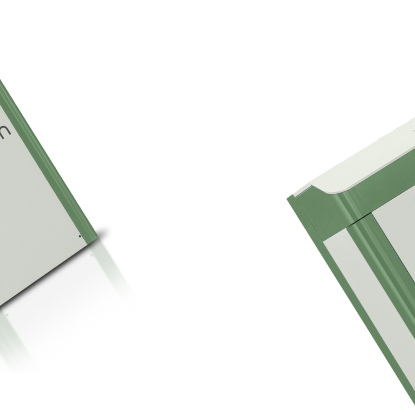

FAQ
Questions or curiosity about the world of cooling or our service department?
Here you will find all the answers you are looking for: how to contact us in case of need and a small encyclopedia with the main information on the world of geothermal, ventilation and heat pumps, to help you choose the perfect solution for you and the environment.
Didn't find an answer to your question?
Write to us at support@eneren.it, our team is at your disposal!